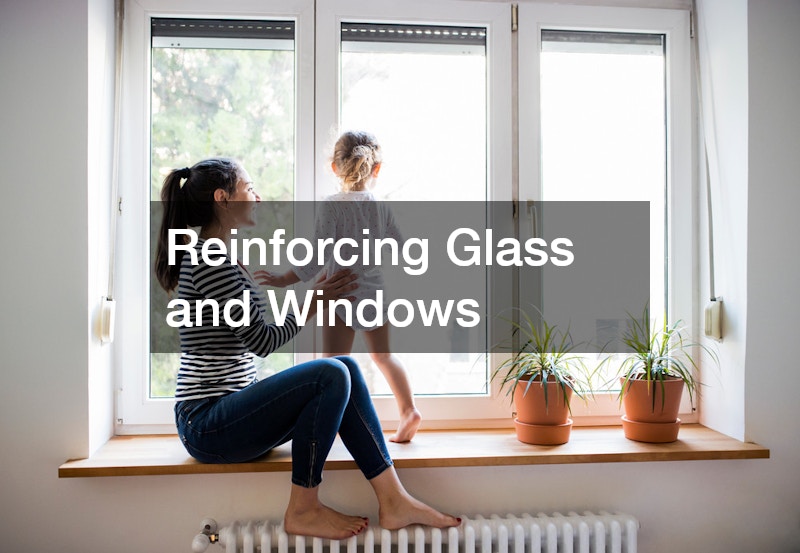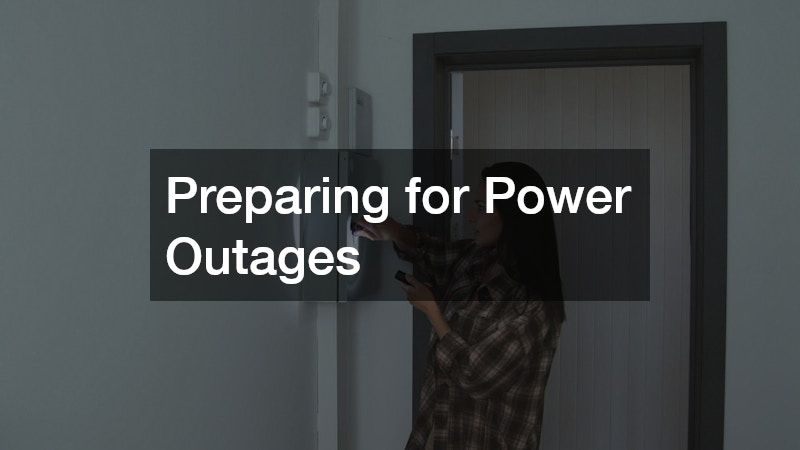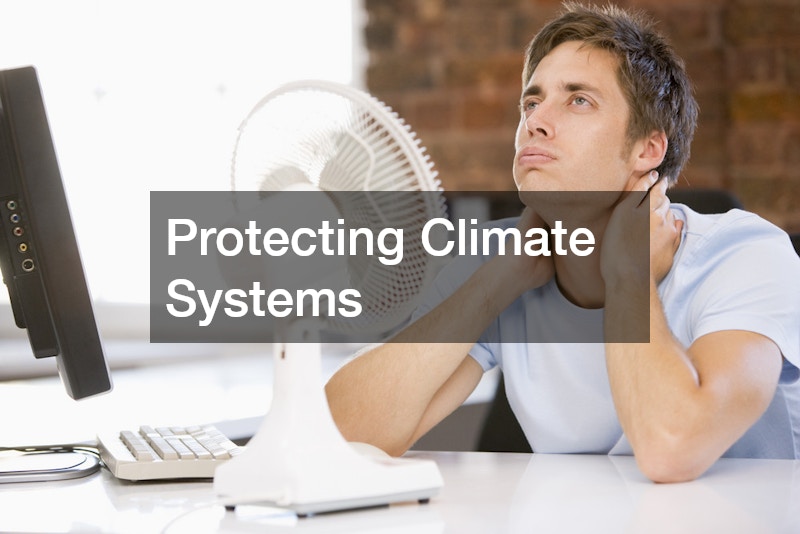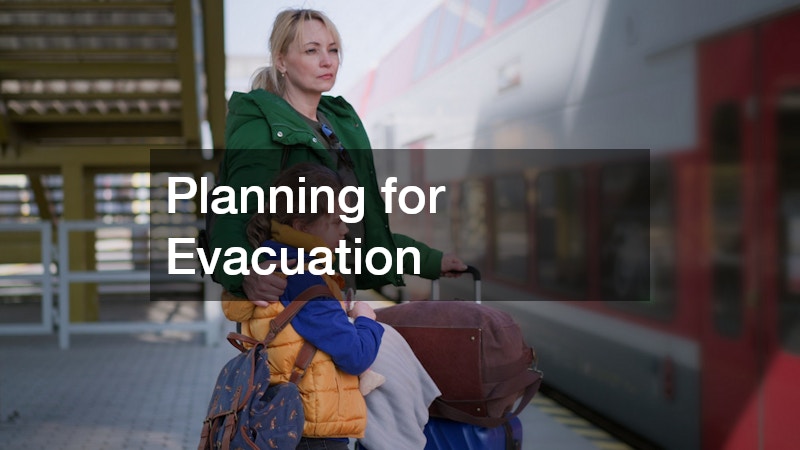When it comes to natural disasters, hurricanes remain among the most destructive and dangerous events that homeowners and renters can face. Their impact can reach far beyond coastal areas, bringing strong winds, torrential rains, and widespread flooding. Every year, people are forced to quickly make decisions about how to protect themselves, their families, and their property when storms are predicted. Unfortunately, far too many people underestimate the planning and preparation necessary until it is too late. Having a proactive plan and knowing the steps to take well in advance of hurricane season can make the difference between safety and devastating loss.
For individuals living in houses, there are clear risks to structures, garages, and outdoor areas. However, residents of apartments face their own unique set of challenges. They may not have direct control over the building’s infrastructure, yet they still need to protect their personal belongings, prepare for potential power outages, and have an evacuation plan. Understanding these unique circumstances is essential for renters who want to stay safe and minimize damage during a storm.
Effective preparedness is about more than just stocking up on bottled water and flashlights. It involves reinforcing vulnerable areas of your property, ensuring reliable backup power, protecting critical systems like plumbing and HVAC, and making sure you have access to essential services even when resources are limited. A comprehensive strategy also accounts for communication, insurance documentation, and post-storm recovery.
This guide will walk through a series of important tips designed for both homeowners and apartment dwellers. By addressing everything from structural reinforcements to emergency supplies, you will gain a better understanding of how to create a realistic hurricane preparedness plan. The goal is not only to reduce potential damage but also to give you peace of mind when storms approach. Whether you live in a suburban home or a high-rise apartment, being prepared is your strongest defense against nature’s unpredictability.
1. Reinforcing Glass and Windows

One of the most vulnerable parts of any property during a hurricane is its windows. Strong winds can cause objects to become projectiles, easily shattering unprotected glass. For residents looking for effective solutions, hurricane impact windows or protective coverings can drastically reduce risks. In homes, this might mean installing stronger glass or using storm shutters. For renters, asking property managers about existing protections or temporary options like hurricane inserts can make a big difference.
In the context of Apartment Hurricane Preparedness, these protective features should be part of your pre-season checklist. Even temporary window barriers can limit damage inside the unit and reduce injury risks. Tenants should also consider discussing with landlords how older windows are maintained and whether upgrades are planned. By addressing these issues early, you can avoid scrambling at the last minute when storms are already forming.
2. Securing Entry Points
Doors are another critical entry point that can fail under the pressure of high winds and flying debris. In houses, a garage door service may be needed to ensure that larger, more vulnerable entryways are reinforced and functioning properly. For apartments, tenants should focus on the main doors to their units, ensuring locks are secure and that any vulnerabilities are addressed by building management.
Apartment Hurricane Preparedness also means checking that weather stripping is intact, that doors shut tightly, and that no unnecessary gaps are left exposed to wind or water. Having your door inspected and maintained as part of general door services is an extra step that can improve your safety during severe storms. Keeping these entry points strong and reliable is essential to avoiding further interior damage once a hurricane makes landfall.
3. Protecting Windows After a Storm
Even with preparation, windows can still sustain damage during hurricanes. Cracks, leaks, or broken glass can leave your apartment or home vulnerable. Working with a window repair service after a storm ensures that damaged panes are properly fixed and that water intrusion does not create further problems.
For Apartment Hurricane Preparedness, it’s wise to have a plan for post-storm repairs. This may include knowing the emergency contacts for maintenance or contractors who can be reached quickly. Tenants should also document any visible damage for insurance purposes before repairs begin. Addressing broken or leaking windows right away helps prevent mold, structural issues, and long-term property loss.
4. Preparing for Power Outages

Loss of electricity is one of the most common challenges during a hurricane. With downed power lines and widespread outages, being ready for blackouts is critical. An electric repairman may be required for homeowners who need to address damaged panels, wiring, or other electrical components after a storm. For apartment residents, communication with the building management about backup power systems is key.
As part of Apartment Hurricane Preparedness, having flashlights, battery-powered lanterns, and a supply of extra batteries can make the dark less intimidating. For those in multi-unit buildings, identifying common areas with emergency lighting or generators can also provide relief during extended outages. Simple preparation reduces stress and ensures essential needs are met when power is down.
5. Reliable Backup Power Options
Beyond just preparing for outages, having a generator available is one of the best ways to ensure continuous access to power during and after a storm. For homeowners, portable or standby models can keep critical appliances running. For apartment dwellers, it may be necessary to rely on building-wide systems or consider smaller, personal devices approved by management.
Apartment Hurricane Preparedness often comes down to making sure essentials like refrigeration, communication devices, and medical equipment remain powered. Talking to building supervisors about available resources can provide clarity and peace of mind. Even if personal generators are not allowed, knowing alternative plans for power access will help keep you safe and comfortable during extended outages.
6. Managing Indoor Comfort
When hurricanes knock out power, they often disable heating and cooling systems. Apartments and homes alike can quickly become uncomfortable, especially in hot and humid climates. Apartment Hurricane Preparedness should always include planning for this challenge.
This may involve identifying safe ways to stay cool without air conditioning, such as using battery-powered fans, staying hydrated, and keeping blinds closed to block heat. Families should also be mindful of vulnerable individuals such as infants, elderly residents, or those with medical conditions who may not tolerate heat well. Thinking ahead ensures that health and safety are protected even when comfort is compromised.
7. Protecting Climate Systems

For those who do have control over their building’s systems, HVAC services play an important role in hurricane preparation. Outdoor units should be secured against strong winds, and maintenance checks should ensure that systems can handle stress before storms arrive.
Apartment Hurricane Preparedness also means talking with property managers about how HVAC systems are managed in shared buildings. Knowing whether equipment is protected and serviced regularly offers reassurance that comfort and safety will be restored more quickly after outages. Keeping this critical system maintained can reduce long-term costs and discomfort once the storm has passed.
8. Guarding Against Water Damage
Plumbing systems are another area that can be heavily impacted during hurricanes. Heavy rainfall, flooding, and sewer backups can all create challenges. Having plumbers available for emergencies ensures that problems are addressed before they escalate into bigger disasters.
Apartment Hurricane Preparedness in this area includes checking that drains are clear, toilets are functioning properly, and sump pumps are working in lower-level apartments. For renters, it’s helpful to know what responsibilities fall on building management and what steps can be taken personally to safeguard against leaks and backups. Being proactive helps minimize damage when water levels rise9. Caring for Outdoor Amenities
Many homes have outdoor features that are vulnerable to hurricane conditions, such as swimming pools. After a major storm, pool repair services are often necessary to address structural damage, flooding, or contamination.
Apartment Hurricane Preparedness may not involve direct pool ownership, but many complexes have shared outdoor spaces. Tenants should be aware of how management secures these areas before a storm. Objects left unsecured around a pool or patio can become dangerous debris. Knowing these details in advance helps residents stay safe and avoid unnecessary risks from common areas.
10. Planning for Evacuation

Sometimes, despite the best efforts, evacuation becomes the safest option. Apartment Hurricane Preparedness includes knowing evacuation routes, gathering essential supplies, and having a go-bag ready.
For renters, this also means coordinating with family or roommates about where to meet if separated. Having copies of important documents, insurance details, and contact numbers in a waterproof bag can make recovery easier after the storm. By practicing these steps ahead of time, residents can leave quickly and with confidence, reducing panic in urgent situations.
11. Post-Storm Safety Checks
Once the storm has passed, assessing the safety of your apartment or home is essential. Fallen debris, flooding, and hidden hazards can create ongoing risks. Seeking professional inspections may include structural assessments or emergency repairs.
Apartment Hurricane Preparedness in this stage is about knowing when it is safe to re-enter, documenting damage thoroughly, and reporting issues to management right away. Taking careful, deliberate steps after the storm ensures recovery happens as smoothly as possible and that personal safety is not jeopardized in the rush to return to normal life.
12. Building a Long-Term Preparedness Strategy
True hurricane readiness extends beyond temporary fixes. Homeowners and renters alike should aim to create a long-term preparedness strategy that keeps them safe year after year. This means updating emergency kits, reviewing insurance policies, reinforcing property structures, and staying informed about new safety measures.
Apartment Hurricane Preparedness should also include ongoing communication with property managers about the building’s emergency protocols. By understanding how management handles storms, residents can better coordinate their personal efforts. Families should make storm drills a part of their yearly routine, teaching children what to do in case of evacuation and ensuring everyone knows their role in the plan.
Maintaining a reliable list of emergency contacts, local service providers, and utility hotlines also ensures that when damage occurs, you can act quickly. Building strong relationships with service providers like door services, window repair specialists, and electricians means you won’t be left scrambling when storms strike.
Another key element of long-term strategy is community connection. Neighbors who look out for one another can share resources, provide assistance during evacuations, and help with cleanup afterward. Knowing your neighbors and being willing to collaborate can make a difficult recovery period far more manageable.
By turning hurricane preparedness into a regular habit rather than a last-minute scramble, residents can safeguard their property, protect their families, and feel confident when hurricane season arrives. Long-term readiness creates resilience, and resilience is the most valuable defense against one of nature’s most powerful forces.
Hurricanes are unpredictable, powerful, and capable of changing lives within hours. Yet with the right preparation, individuals and families can significantly reduce the risks they face. For homeowners, readiness often comes down to reinforcing property structures, securing power systems, and ensuring emergency services are accessible. For apartment residents, it is about working within the limitations of their building while still taking personal responsibility for safety and preparedness.
By reviewing everything from window reinforcements to plumbing checks, this guide has outlined a broad set of strategies that cover both immediate needs and long-term resilience. The focus on Apartment Hurricane Preparedness throughout this discussion highlights the unique challenges and responsibilities that renters face. Despite having less control over building infrastructure, they can still take meaningful steps to secure their belongings, protect their health, and prepare for recovery.
Preparation requires effort, planning, and communication, but the payoff is invaluable peace of mind. Knowing that you and your loved ones are ready makes the threat of an approaching storm less overwhelming. Each step you take now builds a stronger defense against the unexpected, making it easier to endure the storm and recover afterward.
Ultimately, hurricane preparedness is about safeguarding both lives and property. Whether you live in a house or an apartment, proactive planning ensures that when nature tests your resilience, you will be ready to respond. Taking the time to prepare before hurricane season brings peace of mind that cannot be underestimated. Even small steps, like reviewing your emergency kit, confirming contact numbers, and staying informed about local alerts, can make a major difference when storms strike. Apartment Hurricane Preparedness should not be thought of as optional but as a vital responsibility for every renter. When you combine personal preparation with clear communication with property management and neighbors, you create a safer environment for everyone. Remember, preparedness today means resilience tomorrow, ensuring you and your loved ones are ready no matter what the season brings.




